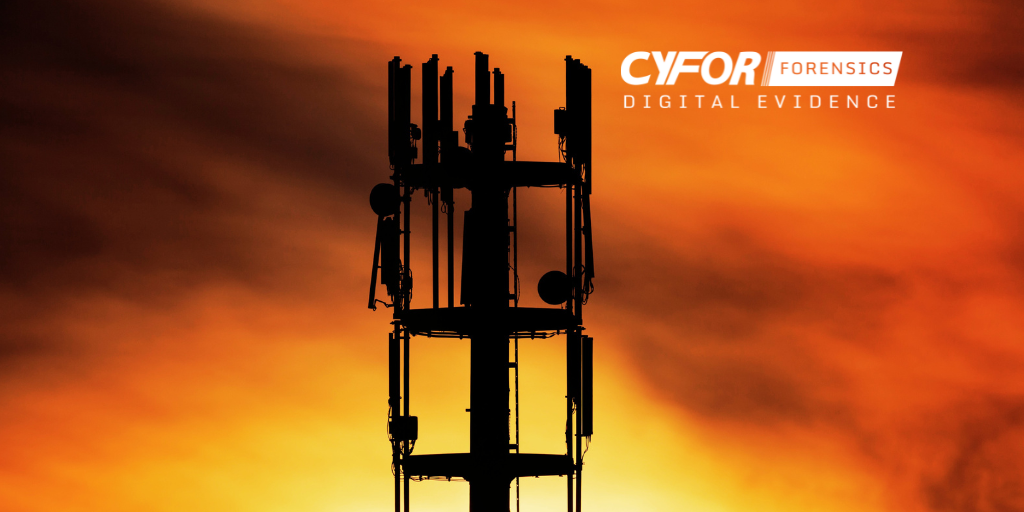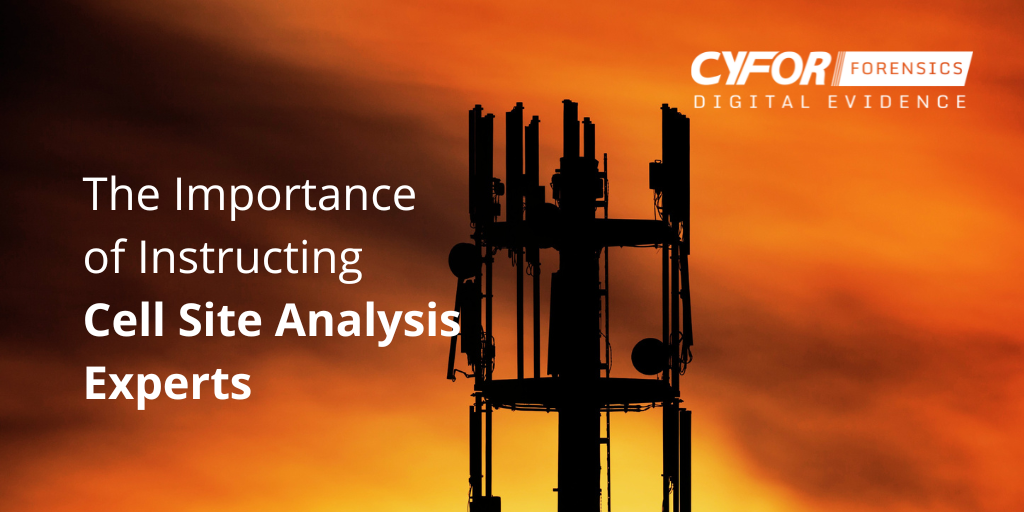The Importance of Instructing Cell Site Analysis Experts

The Importance of Instructing Cell Site Analysis Experts

Instructing Cell Site Analysis Experts is crucial in testing of evidence for presentation in court.
What is Cell Site Analysis?
Cell Site Analysis is a specialist technique used to establish the geographic area of a mobile phone when a phone communicates the network, be that for calls, SMS messages, connecting to the internet, or in some cases when other communication takes place. These Call Data Records (CDRs) are maintained by the relevant network and are retained for 12 months. The benefit of using CDRs in evidence is that they are independently held and therefore they cannot be deleted or altered in any way. As they are obtained either under statute or via court order, this also negates the need to get consent from the holder of a phone or the need to access a phone to download its contents. CDRs can therefore provide key information to support an investigation or court case, be that criminal, family, or civil.
As most modern mobile phones require an internet connection for the many apps installed, this increases the chances of there being more than simply calls and SMS messages in the CDRs, providing more opportunity for geolocating a phone. Prosecuting agencies regularly use Cell Site Analysis to show movements of phones and identify communication to and from them. Due to the frequency of prosecution evidence being presented by non-experts, we encourage our defence clients to instruct us to test this evidence for reliability and establish other potential hypotheses. This can assist both in providing evidence for cross-examination of the author of the evidence, as well as the potential to confirm the accuracy of information within a Defence Case Statement (DCS).
From a geolocation perspective, CYFOR’s mobile forensics department has also had considerable success in obtaining location data from within a phone to clarify its location at key times, assisting defendants’ cases in question.
Cell Site Analysis Investigation – an example
In a recent CYFOR investigation, a defendant was accused of being involved in a serious offence and dumping a vehicle used in the commission of it. His case was that he was at a relative’s house in a street nearby to the dump site and not involved. CYFOR completed a Radio Frequency (RF) survey and established that the cells used provided service at the relative’s address, corroborating his defence. He was acquitted of the allegation.
In Summary – consideration should always be given to instructing CYFOR to:
- Check the accuracy prosecution evidence when it utilises and interprets CDRs.
- Utilise Cell Site Analysis to establish alternative hypotheses and in consideration of any DCS.
Call us today and speak with a Forensic Specialist
Send an enquiry to our experts
After submitting an enquiry, a member of our team will be in touch with you as soon as possible
Your information will only be used to contact you, and is lawfully in accordance with the General Data Protection Regulation (GDPR) act, 2018.